CarEdge saved me over 4,500 dollars on a brand new Honda Pilot. I can't say thank you enough.
Price intelligence
Find a wide range of vehicle listings with market insights on new and used listings near you.


Help us personalize your CarEdge experience — it only takes a second.
Your answers help us personalize your CarEdge journey — we’ll follow up with tips and next steps that match your buying timeline.


The manufacturing of electric vehicles is a global process, with raw materials from every corner of the globe playing a vital role in battery chemistry. New forecasts from automotive energy analysts predict massive increases in electric vehicle production costs due to the entanglement of EV supply chains in the ongoing Russian invasion of Ukraine. The latest supply chain worries are on top of the ongoing chip shortage that threatens to stretch through 2022.
In 2021, fully-electric and plug-in hybrid passenger vehicles soared to 9% of global new vehicle market share. In Europe, EVs now make up 19% of all passenger vehicle sales. Even in the United States, electric car market share is approaching 5%. Although EV sales continue to be subdued by supply shortages and lack of inventory, most automakers remain on a path towards 100% electrified sales. However, getting there is easier said than done without the raw materials needed to make gigawatt-hours of batteries. There are dozens of EVs on sale in 2022, but finding one on a dealer lot is no easy task.
A new report by S&P Global Mobility highlights the unforeseen costs piling onto EV battery production because of the Russian invasion of Ukraine, and the resulting international sanctions. Building an electric car is about to get costlier, and buying one will get more expensive.

The analysts at S&P Global Mobility estimate that the best-selling Tesla Model Y could see input costs for battery raw materials surge by $8,000 per vehicle this year. Tesla recently increased Model Y prices for the tenth time in as many months to a base price of $62,990. Just a year ago, the same model listed for $49,990.

The same report forecasts that production costs for the popular Mercedes-Benz EQS could skyrocket by $11,000 year-over-year. The EQS luxury sedan already starts at an MSRP of $103,360, and climbs to $126,360 for the highest trim. With production costs eating into Mercedes’ margins, MSRPs are likely to climb higher any day now.
For years, EV advocates (and Elon Musk) have touted the importance of electric cars reaching cost parity with combustion-powered vehicles. It’s widely believed that when electric cars cost the same as an equivalent ICE car, the masses will rapidly transition to electric mobility.
The latest supply chain disruptions have analysts delaying the arrival of EV cost parity. In the months leading up to the war in Ukraine, raw materials needed for battery production were already becoming more costly. Cleantechnica reported back in November that lithium carbonate prices surged by 313%, cobalt hydroxide was up nearly 82%, and nickel sulfate rose by 34% over the course of 2021.
S&P Global Mobility said that Russia’s invasion of Ukraine is inflating raw material prices even further. Russia is the world’s third-largest supplier of nickel. German supplier BASF said it will not sign new agreements with Russian nickel suppliers because of the invasion. The analysts suspect that other manufacturers will take similar actions.
The latest data and expert analyses point towards a 5-10% increase in prices for most EV models in 2022. Tesla has already seen a 26% increase in prices since 2022, including steep price hikes in early 2022.
There are rumors that Hyundai may soon be raising MSRPs for the popular IONIQ 5, and Ford increased prices for the Mustang Mach-E by $1,000-$3,000 in February. When is the most affordable time to buy an electric car? If you’re set on buying an EV in 2022, make a purchase as soon as possible. Unfortunately, it looks like inventory and pricing are only going to get worse for the foreseeable future.
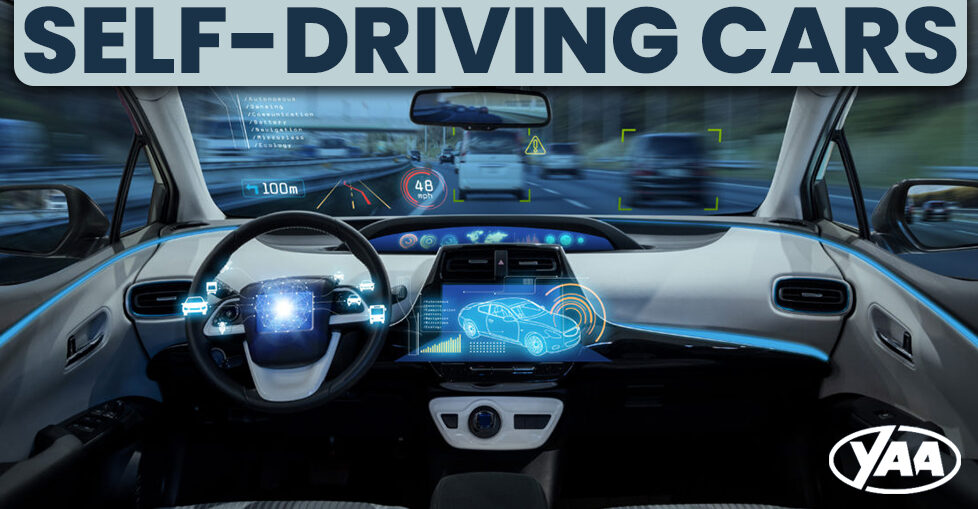
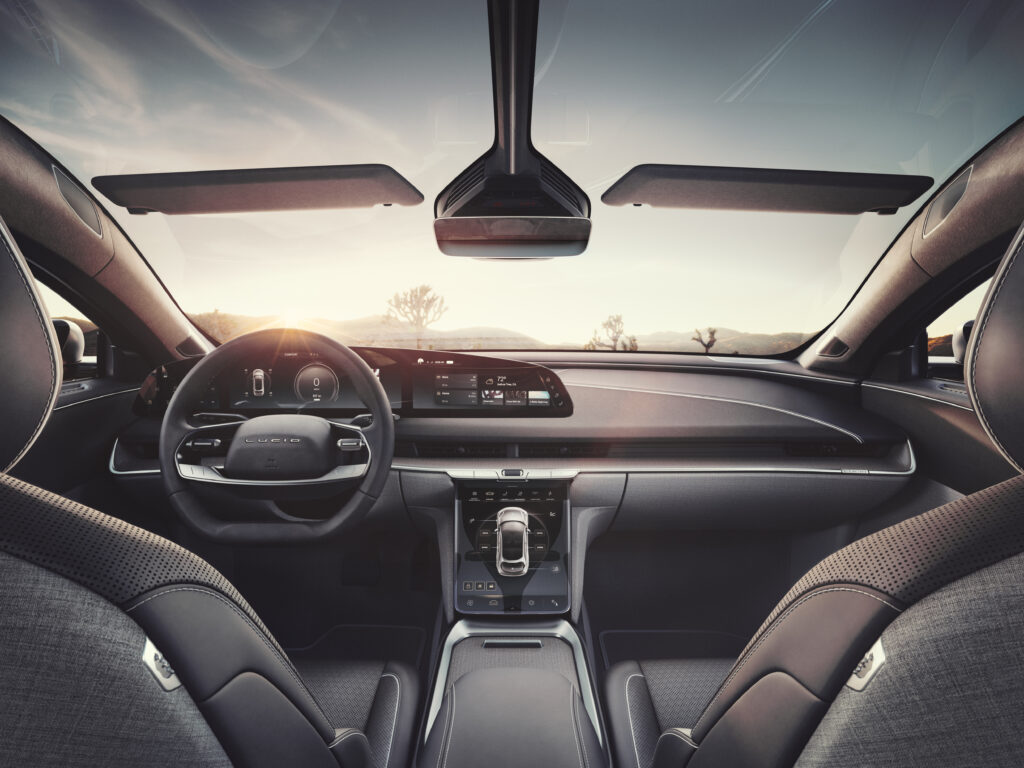
What does 2022 have in common with the 1939 World’s Fair? It’s the feeling that autonomous vehicles are right around the corner. Nearly every automaker, from Tesla to Ford, has overpromised and underdelivered on their plans for autonomous driving. Tesla CEO Elon Musk said it himself recently in an interview with researcher Lex Fridman. “I thought the self-driving problem would be hard, but it’s harder than I thought. I thought it would be very hard, but it was even harder than that,” Musk reflected. He’s not the only one to misjudge the enormity of the task at hand. You’d think automakers would stop giving themselves deadlines that are destined for letdowns.
It turns out that there’s been one overarching theme in the learnings from the past decade of development. Engineers now see that in order for self-driving cars to be safe and successful, cars will have to learn to think like a human. Computers are exceedingly good at performing repetitive tasks. What they’re not great at is responding to unique situations full of unknowns. The human brain is more capable than some give it credit for. We’re very good at dealing with unknowns and making complex decisions on the fly.
After reading this article, you’ll better understand what self driving cars are, the difference between self-driving cars and autonomous vehicles, and the terms and jargon associated with self-driving cars. Let’s dive in.
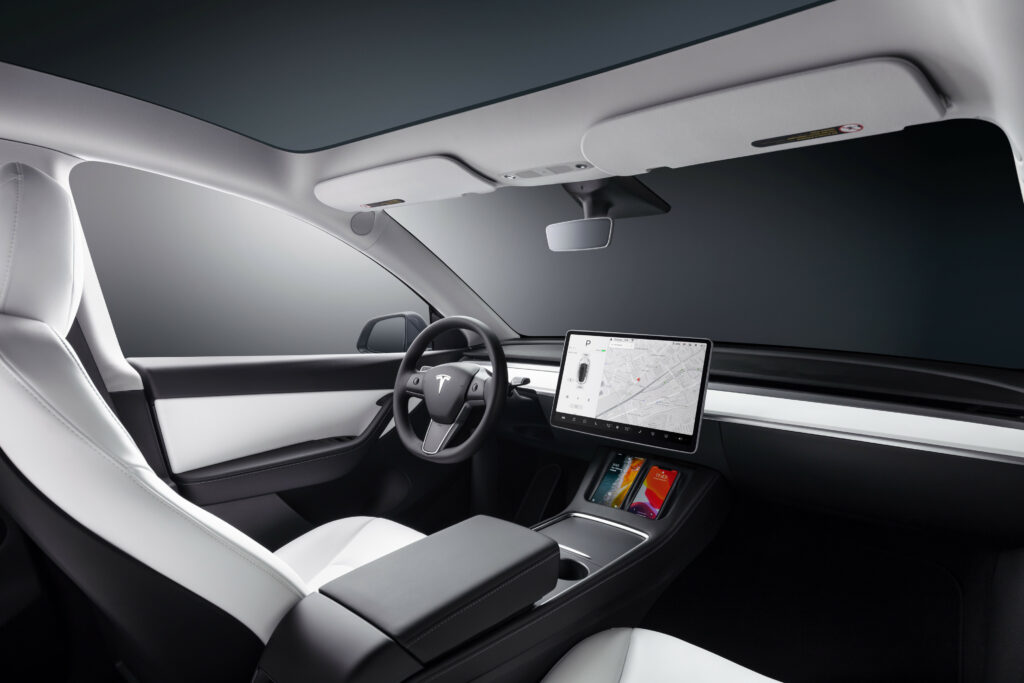
As you’re soon about to learn, the world of autonomous cars and self-driving technology is full of terms worth defining. For starters, what is self-driving in the world of transportation? Self-driving cars can drive in some or even all situations without driver input, but a human must always be ready to take control. Think of them as a crucial stepping stone on the path to full autonomy.
Self-driving cars are not fully autonomous. In the world of professional engineering, ‘automation’ is the preferred term for the sliding scale of vehicle operation status. In fact, the United States National Highway Traffic Safety Administration (NHTSA) refrains from using the term “self-driving” at all, and most engineers disagree with the use of the term. Let’s dive into the terms and definitions that relate to so-called self-driving cars, and the future of automation as a whole.
First, let’s clear the confusion. Talking about automated cars warrants a glossary of its own. Being well-informed is the key to knowledge, and we all know knowledge is power. Here’s a list of the terminology you’re likely to encounter in a self-driving world. In most cases, the difference is in the finest of details.
These are technological features designed to improve driving safety. These software-based systems improve a driver’s ability to react to adverse situations on the road. Examples include adaptive cruise control, forward collision warning and lane departure warning. ADAS features are very common in newer car models.
This term is thrown around a lot, but a true autonomous vehicle is capable of sensing its environment and operating without human involvement. Human passengers can take their eyes off the road and just enjoy the ride. Imagine entering the destination address, and that’s it. Autonomous vehicles can do everything that an attentive human driver can do.
Usually referring to Tesla Autopilot, which is a suite of ADAS features that enable the vehicle to steer within a lane and adjust speed in response to surrounding traffic. It’s essentially adaptive cruise control plus lane centering. Autopilot is standard on all new Tesla models.
Tesla “Full Self-Driving” in its current iteration is not much different from driver assistance technologies. Tesla enthusiasts, relax. That’s likely to change as Tesla updates the software regularly via over-the-air updates that simply require WiFi to install. Automotive engineers generally refrain from using this term altogether, as it’s more associated with marketing than with engineering automation. A true full self-driving car can navigate roads with human supervision. Tesla’s program is getting close, but as thousands of videos online will show you, Tesla FSD is not quite there yet. It is impressive though. Tesla FSD can be yours (someday) for an additional $12,000 when you buy a new Tesla vehicle.
This is when a vehicle’s operation is limited to a restricted geographic area. For example, Waymo’s driverless vehicles are geofenced to only operate in the Phoenix metropolitan area. Geofenced autonomous vehicles will grow in popularity before true, independent autonomous vehicles put rubber on public roads.
Light Detection and Ranging. LiDAR is the go-to ‘radar’ technology for nearly all self-driving innovators. Except of course for Tesla, who seems to think image processing with cameras is the way to go. LiDAR can ‘see’ through low visibility conditions, including fog and heavy rain.
When a vehicle can perform most driving tasks in a geofenced area, but with constant human monitoring and intervention when needed, some in the automotive industry consider it to be self-driving. The degree of human input varies. More on that below…

But wait, there’s more! Engineers rate the levels of automation based on how independently the system can perform tasks, and how much human input and supervision is required. Here are the basics of the five levels of automation, according to the Society of Automotive Engineers.
Now that we’ve covered the engineering and industry jargon, let’s revisit our definition.
What exactly is self-driving technology? The most agreeable definition is that self-driving cars fall within level 3 or level 4 automation, in which the vehicle can perform most driving tasks in a geofenced area, but with constant human monitoring and intervention when needed. Fully autonomous vehicles fall within the ultimate frontier of automotive engineering, Level 5. A true autonomous vehicle can operate from start to finish without driver input or attention. Imagine reading a book or taking a nap on your way to work.
No cars on today’s roads are capable of fully autonomous driving. Automated driving remains years away, however tremendous resources are committed to the cause of unraveling the ultimate challenge in automotive engineering. Tesla’s Autopilot and Full Self-Driving features are branded as Level 2 systems, which means that constant supervision is required, and intervention is to be expected. This discrepancy between the Level 2 classification of Tesla’s driver assistance systems and the names of the products remains the source of much controversy among engineers and driver safety advocates alike. Can’t we all agree that honest advertising is always in the interest of safety and responsibility?
Aside from automakers, there are dozens of other companies innovating in the autonomous driving space. Waymo, Argo AI and Cruise are all putting geofenced autonomous cars on the road today for real-world testing and limited customer use for ride-hailing. What is a self-driving car in 2022? It’s likely a prototype with limited use.
Tesla is the clear leader in advanced driver assistance systems. However, the extent of Tesla’s lead among industry competitors is not nearly as clear as it was a few years ago. Tesla has taken a bold step away from using radar for sensory inputs. The decision to remove LiDAR from new Tesla models starting in 2020 was so controversial that some senior engineers quit in protest.

Remarkably, Tesla is no longer the only automaker breaking autonomy barriers. In 2021, Mercedes-Benz became the very first automaker to get regulatory approval for Level 3 autonomous driving on limited public roads. For now, Mercedes Drive Pilot is available on 8,197 miles of German highways at speeds up to 37 miles per hour. What makes Mercedes Drive Pilot so special is that it is the first approved consumer-ready system to permit the driver to take their attention away from the road while the vehicle is in motion. Even Tesla’s Full Self-Driving feature does not permit the driver to direct their attention elsewhere, despite evidence of the contrary on social media.
For the foreseeable future, American roads will see even more Level 2 driver assistance systems calculating their way through traffic as nearly every automaker in the market steps up their autonomy game. Level 3 remains in development, even for Tesla. Mercedes has not announced if it will seek approval in the US anytime soon, likely due to the murky regulatory environment.
Fully automated driving is likely in our future, but no one knows when it will be safe and accessible to all. The pace of innovation ebbs and flows. Engineers, regulatory agencies and insurance companies have some hard problems to solve. For now, proceed with caution when at the wheel of a “self-driving” vehicle. Their arrival is a great reason to look twice when crossing the street. You never know who (or what) might be coming around the corner.
CarEdge Just Launched a New Search Engine to Make Buying Your Next Car Easier!
We have thousands of vehicles listed today. Each listing includes industry insights, empowering data and the true TotalPrice that will make buying a car the transparent process it should’ve always been. We show you what dealers don’t want you to know. We believe that data can be your superpower when buying a car. Check it out here!
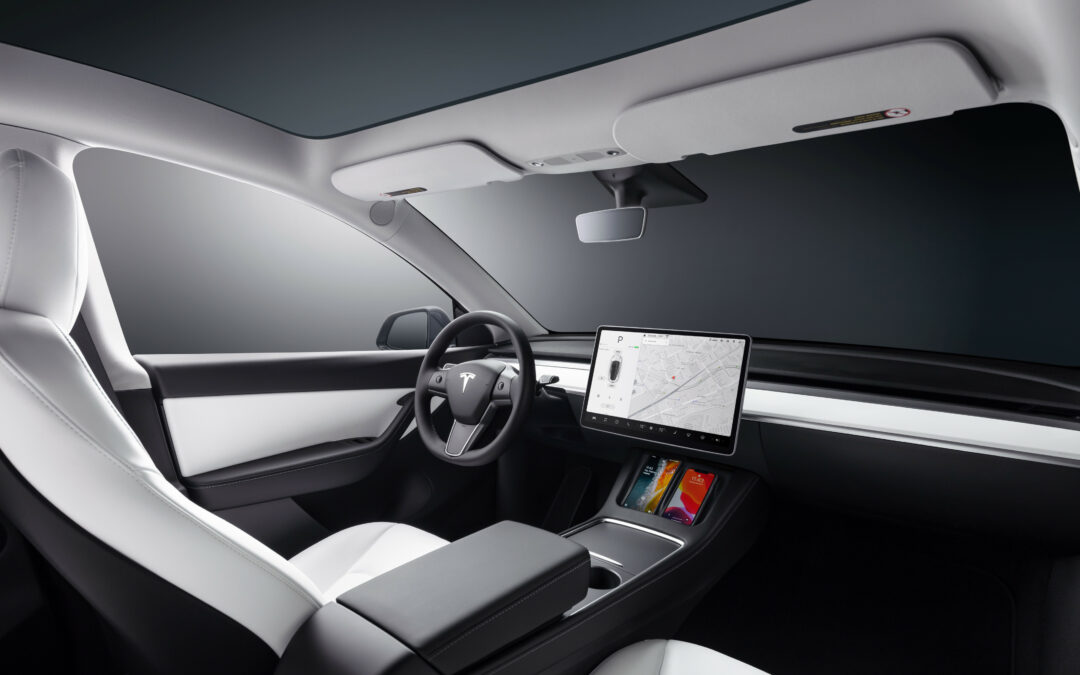

The word “recall” sure is thrown around loosely these days. By now, you likely know that Tesla fixes the vast majority of recalls with an over-the-air software update. In the tenth recall in just four months, Tesla is addressing a pedestrian safety concern brought up by the US National Highway Traffic Safety Administration (NHTSA).
During the 2020 holiday season, Tesla sent a gift of sorts to all of their customers. The cars received an update that turned the external speakers into a boombox. The Tesla Boombox can play a number of customizable sounds (music, jokes, fart noises…) out of the same speakers that are meant to alert pedestrians of the approaching, silent electric car. It’s the customizable feature that seems to be at the center of this recall. Under certain circumstances, the Boombox can disrupt the federally-mandated pedestrian warning risk sounds.
In typical Tesla fashion, the pioneering automaker will push an over-the-air update to all of the affected cars. Tesla cars just need a WiFi connection to receive these frequent updates. Some OTA updates even increase performance or battery life.
Check out Tesla’s official response to the NHTSA investigation here. It’s interesting to observe the automaker interacting with the federal agency that is always on their case. Here’s how simple the Tesla Boombox recall remedy is:
“Tesla will perform an over-the-air (OTA) software update that will disable the Boombox functionality when the vehicle is in Drive, Neutral and Reverse modes, free of charge. Owner notification letters are expected to be mailed April 5, 2022.”
Tesla Boombox will only work in Park mode it seems. Perhaps that was common sense all along? Tesla’s engineers typically work quickly to send such urgent recall fixes over-the-air. While the notice says that owners will receive notices by mail in April, it’s very likely that the remedy will update cars much sooner.

Lots of people aren’t fans of Tesla for one reason or another. However the EV pioneer does have an undeniable advantage when it comes to updating their vehicles. With well over 2 million Tesla vehicles on the road today, OTA updates are a key selling point for car buyers in the electric vehicle market. Other automakers are rushing to implement the capability in their future models, as seen by recent announcements from GM, Ford and literally every EV startup today.
We recently took a deep dive into over-the-air updates, and shared automaker plans for adding the feature to their lineups. Learn more about OTA update capabilities.
Let us know what you think in the comments. Does the Tesla Boombox recall make sense? Would you buy a Tesla? Does OTA update capability factor into your decision?

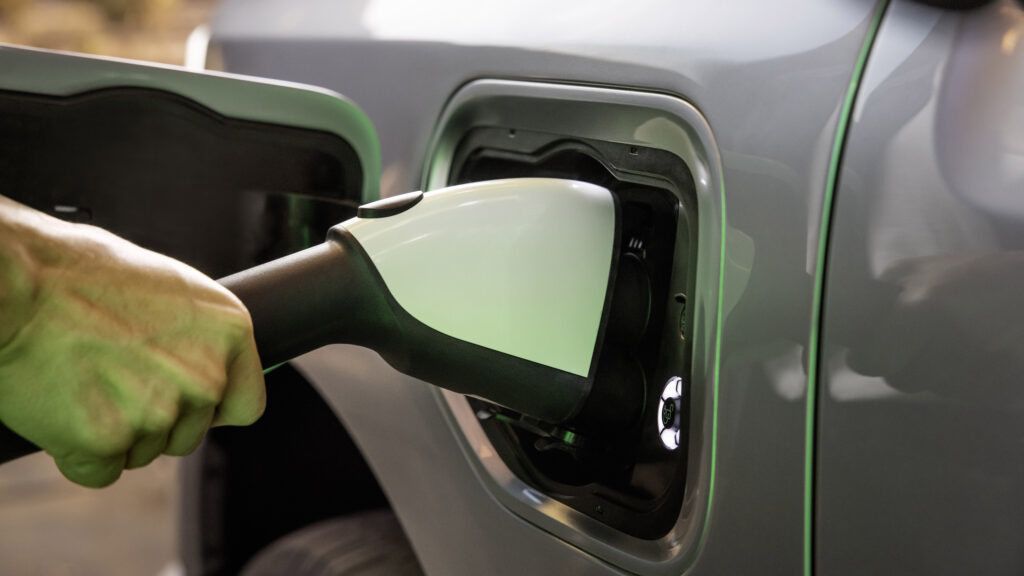
Electric vehicles now make up 9% of the global market, and 4.5% of American auto sales. Estimates vary, but many analysts expect electric vehicle sales to reach 40% market share in 2030. Will their crystal ball prove correct? It’s now looking possible. New data from the International Energy Agency beat previous forecasts by 26%. In 2020, Loren McDonald of EVAdoption predicted that electric vehicle sales would make up 3.55% of the US market in 2021. With the official tally now coming in a full percentage point higher, the electric momentum is accelerating. When the chip shortage finally ends, the production of EVs will likely be prioritized by automakers. Considering the massive half-trillion dollar investments OEMs have committed to electrifying their lineups, I’m sure they’re happy to see that there’s a growing market for their future products.

Tesla’s pioneering Supercharger network of DC fast chargers remains the industry standard for electric vehicle charging. With 3,476 locations, hassle-free plug-and-charge and consistent reliability, only Electrify America has come remotely close to what Tesla offers. For the past decade, Superchargers have been known for convenience and accessibility, but a few pending developments could change that. Here’s what we’re watching:
Tesla continues to dominate electric vehicle sales in America and abroad. In 2021, Tesla year-over-year sales grew 87% to 936,172 vehicles globally. In the United States, Cox Automotive estimates that Tesla delivered 352,472 vehicles to customers. Tesla’s 2021 sales were enough to (probably) unseat BMW as luxury sales leader in the US.
In 2021, Tesla installed 8,221 new Superchargers at 912 stations around the world. This represents 35% growth in just one year, a huge accomplishment for the EV leader. However, will it be enough? Sales have been outpacing Supercharger growth for years now. The vast majority of charging stations never see a crowd, but that could change soon as Tesla’s zero-hassle sales model and superior technology have drawn more buyers to the brand.

Tesla CEO Elon Musk confused Tesla owners and thrilled non-Tesla owners when he shared the company’s intentions to open up some Superchargers to non-Tesla cars. In early 2022, several Supercharger locations in France, Norway and the Netherlands are open to all. If open access spreads to North America, Superchargers will see a flood of traffic as Ford Mustang Mach-E’s, Volkswagen ID.4’s, Hyundai IONIQ 5’s and dozens of other models gain access to America’s largest fast charging network.
Something positive came out of Volkswagen’s dieselgate debacle. As part of a 2016 settlement with the United States Environmental protection Agency and the California Air Resources Board, VW was ordered to spend $2 billion on something that would clean up the air. The result was the birth of Electrify America.
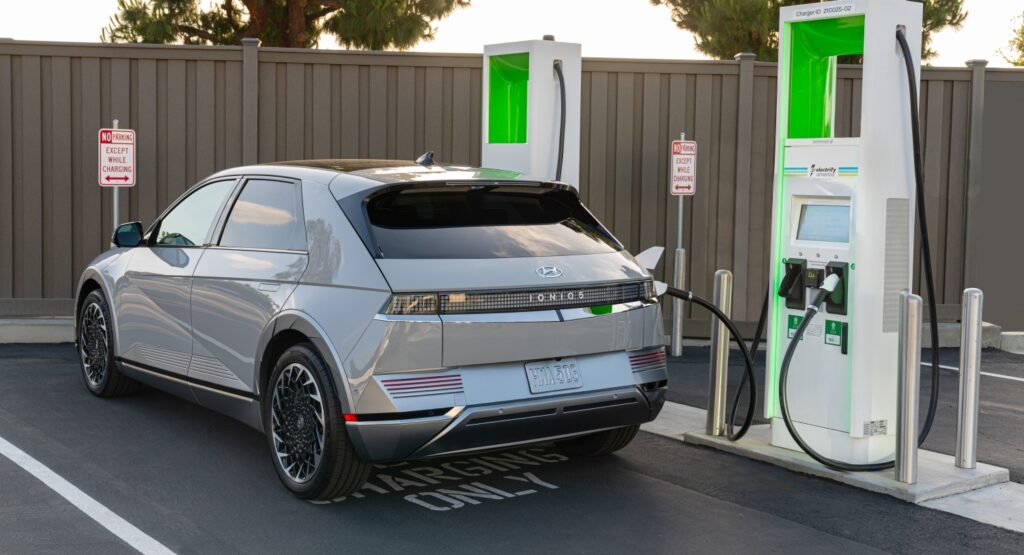
After installing their first chargers in 2018, Electrify America now has 3,500 charging stations at 800 locations around the US. The big difference between Electrify America and Tesla Superchargers is accessibility. Any electric vehicle can pull up to an EA station to charge. Only Tesla models are allowed to charge at Superchargers, except for select Superchargers in Europe that are open to all.
Electrify America has its faults though. Drivers often encounter out-of-order chargers, and most vehicles are not yet compatible with the convenient plug-and-charge capability that you’ll find at Tesla Superchargers. Reports indicate that reliability is improving at Electrify America, and several automakers say their new EVs will have seamless plug-and-charge capability.
Tesla’s record growth is great news for the automaker, but the picture is more complicated for Tesla owners. Tesla Superchargers in California and East Coast hotspots already fill up during peak travel. You could argue that gas stations do too, but waiting in line to plug in and then wait another 20 minutes to charge is not the same thing.
Fortunately, charging is about to get a lot easier in America. Public and private partnerships are currently designing a National Charging Network that will bring charging to remote locations and more American highways. The Supercharger network will continue to grow, as evidenced by the hundreds of ‘coming soon’ locations just added to the Tesla Supercharger map.
Some gas stations are getting into the charging game. Why don’t more add DC fast chargers to their parking lots? DC fast charger installation is expensive. We’re talking over $100,000 in most cases. Public-private partnerships appear set on helping businesses overcome the prohibitive costs of installing chargers. That would certainly benefit a rapidly electrifying nation of drivers.
Let us know what you think in the comments below. Better yet, connect with auto experts and fellow car enthusiasts at caredge.kinsta.cloud/community, where we work for YOU.


As the South Korea Automobile and Research Testing Institute was running new Tesla models through routine tests, engineers noticed a problem. Under certain conditions, the chime for not wearing a seatbelt would not activate. Specifically, if the chime was interrupted during the previous driving cycle, the chime would not sound if the seatbelt was not buckled during the next vehicle start. Tesla says the seatbelt chime still functions properly over 14 mph. In typical Tesla fashion, this Tesla recall has an easy fix for drivers.
Automotive News reports that the recall affects 817,000 Teslas, including some 2021-2022 Model S and Model X, 2017-2022 Model 3, and 2020-2022 Model Y vehicles. Considering that only 24,964 of the 936,172 vehicles Tesla sold in 2021 were Models S or X, the vast majority of the recalled vehicles are Model 3 and Model Y.

A recall affecting nearly one million vehicles would cripple most automakers. Tesla is shrugging it off with an over-the-air software fix. With the launch of the Model S back in 2012, Tesla was the first automaker to design and produce vehicles with full OTA update capabilities. Tesla doesn’t just update infotainment remotely like the competitors are just now getting around to. They regularly update powertrain dynamics, battery performance and just about everything except the rubber on the wheels.
For this ‘massive’ recall, there will likely not be a single trip to a Tesla service center. Tesla owners will receive a notification about a needed software update, and with Wi-Fi connectivity, the car will fix itself. These really are driving computers that can go 0-60 in two seconds.
GM, Ford, Volkswagen and just about everyone else in the industry are now equipping new models with over-the-air update capabilities. However, it will be a few years before these automakers are able to send OTA updates to customers that go beyond infotainment and navigation. For years, legacy talking heads like Bob Lutz dismissed Tesla’s staying power. Now, it seems they’re frantically racing to catch up.
Is Tesla too far ahead of the rest? Will other automakers succeed at bringing OTA capabilities to their lineup? How does the consumer factor into all of this? Let us know in the comments below, and see what others have to say at caredge.kinsta.cloud/community.